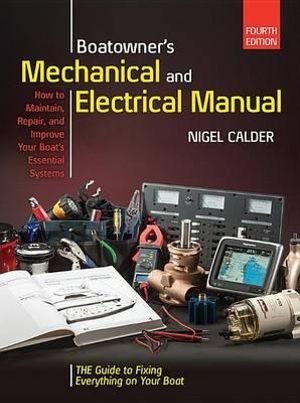Simi 60
Guru
- Joined
- Jul 1, 2016
- Messages
- 5,482
- Location
- Australia
- Vessel Make
- Milkraft 60 converted timber prawn trawler
Had sparkies onboard last week checking us for stray current as on the last slip we had a bit of blown paint due to a poor grounding plate and connection.
They suggested we fit one of these when out which i did , redid the grounding wire and they said its better to give the boat some time to settle down before rechecking.

On the check it was noted a slight discrepancy between the rudder and the engine and grounding them was recommended.
After a look around they said running the ground for engine off of alternator negative was as good a spot as any but now I am second guessing them.
I have the gear now and i am running a hefty tinned cable from rudder post to ground plate and from engine to ground plate.
Instead I was going to use a cleaned up bolt sticking out of the block, as one usualy does when connecting earth to engine, theory being that the alternator , due to what it does, may have more chance of actually introducing current to the water than a bolt on the engine.
Plus I feel a bit uneasy about having an integral part of the engine wired up in this way.
Thoughts?
They suggested we fit one of these when out which i did , redid the grounding wire and they said its better to give the boat some time to settle down before rechecking.

On the check it was noted a slight discrepancy between the rudder and the engine and grounding them was recommended.
After a look around they said running the ground for engine off of alternator negative was as good a spot as any but now I am second guessing them.
I have the gear now and i am running a hefty tinned cable from rudder post to ground plate and from engine to ground plate.
Instead I was going to use a cleaned up bolt sticking out of the block, as one usualy does when connecting earth to engine, theory being that the alternator , due to what it does, may have more chance of actually introducing current to the water than a bolt on the engine.
Plus I feel a bit uneasy about having an integral part of the engine wired up in this way.
Thoughts?

